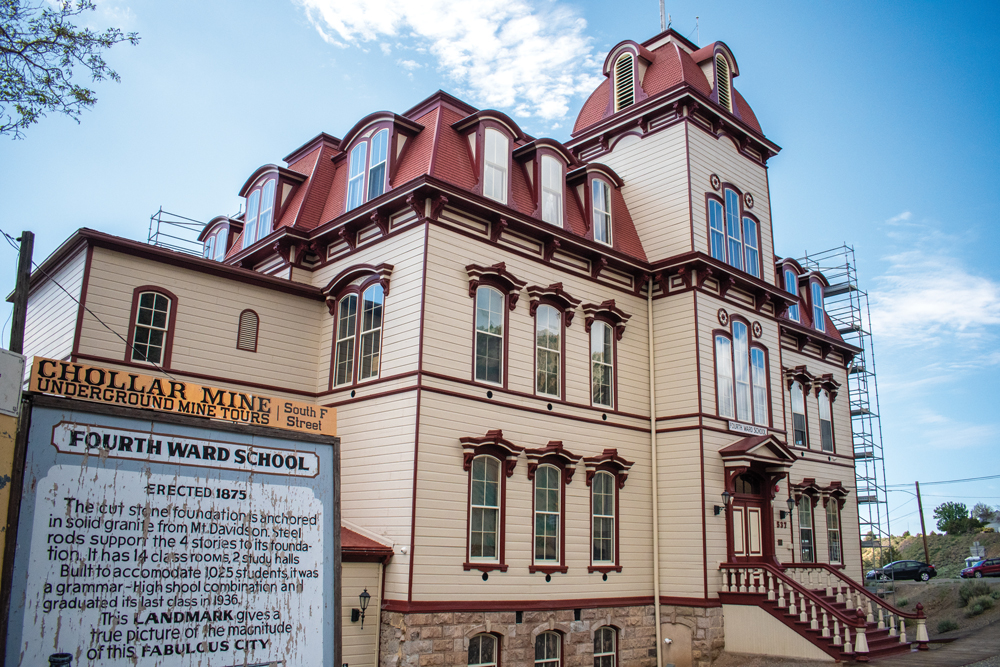Frozen in Time
Winter 2023
Transport to the past in these time-capsule museums.
Everyone knows that museums are filled with exhibits, but what does it look like when the building itself is the exhibit? If you’re looking to do a bit of time travel, we’ve got a few locations around the Silver State to recommend.
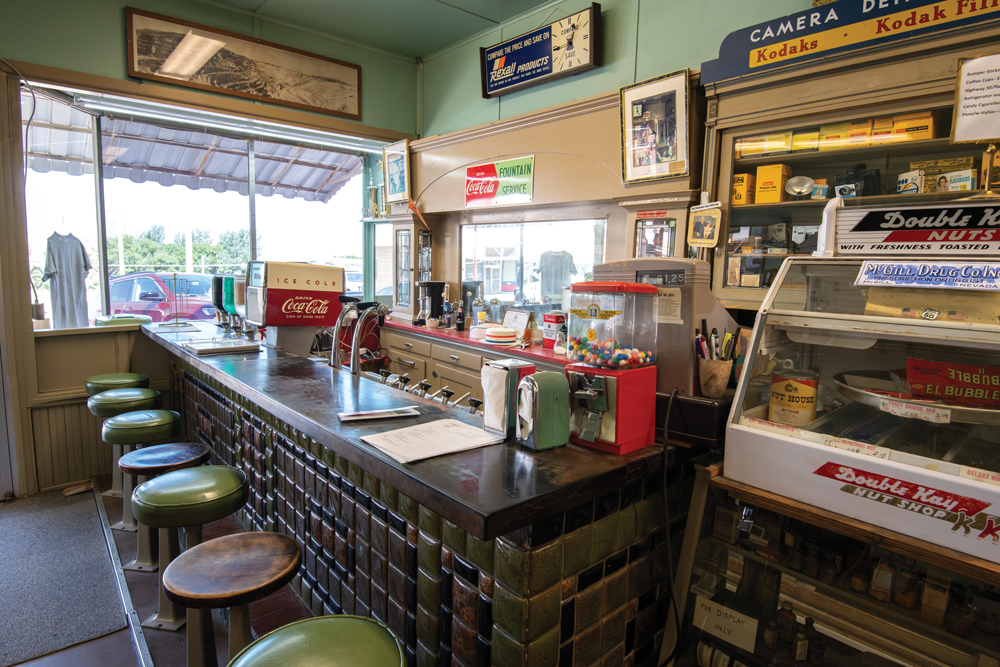
MCGILL DRUGSTORE MUSEUM
Ely
Today, there are no businesses quite like the drugstores of the mid-20th century. Back then, pharmacists dispensed syrups and pills while doubling as something of the town sage, wise in both medical knowledge and general life advice. Drugstores were places for townsfolk to hold meetings, kids to hang out after school, and families to enjoy lunch and a dessert.
Between 1908 and 1979, the Rexall Drugstore was a central part of daily life in McGill. During those years, McGill was a company town responsible for smelting the copper shipped in from nearby Ely. McGill—and the drugstore—enjoyed many prosperous decades before the copper industry entered a sharp decline in the late 1970s.
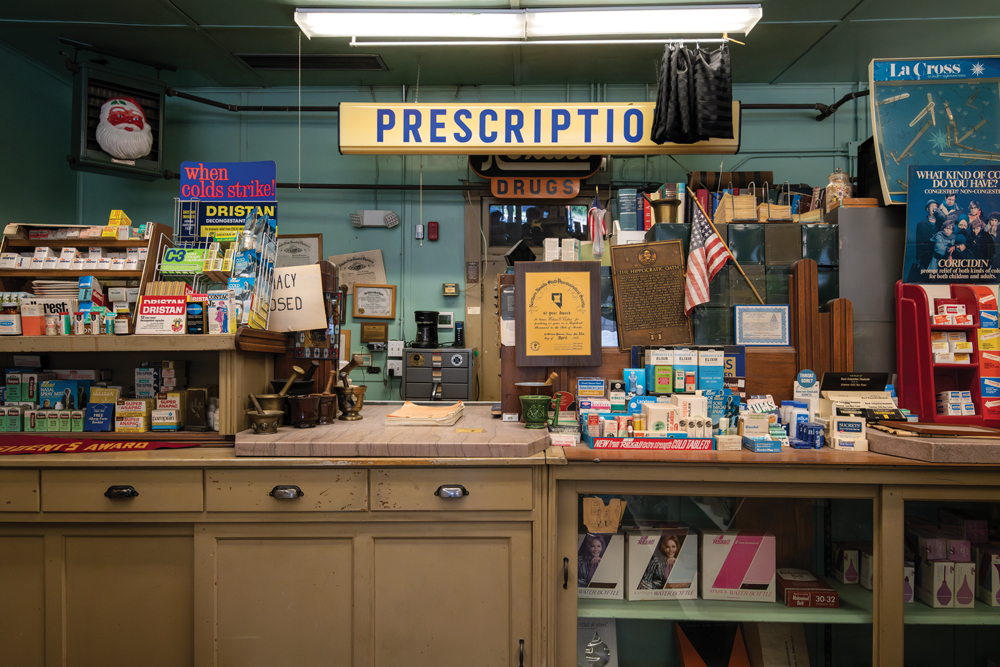
When McGill’s pharmacist passed in 1979, there was no one available to take over the store. With few options, the owners were forced to lock up shop—leaving everything as they found it. Fortunately, the store was later acquired by the county and converted into a museum in 1995.
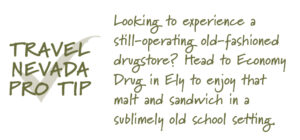 Today, visitors find the McGill Drugstore Museum virtually unchanged from how customers would have seen the shop decades ago. The store’s shelves are still filled with faded products dating back to the 1950s including shampoos, nail polish, toys, candy, and everything in between. There is no shortage of interesting relics to discover, from the soda fountain to the prescription log dating back to the 1930s.
Today, visitors find the McGill Drugstore Museum virtually unchanged from how customers would have seen the shop decades ago. The store’s shelves are still filled with faded products dating back to the 1950s including shampoos, nail polish, toys, candy, and everything in between. There is no shortage of interesting relics to discover, from the soda fountain to the prescription log dating back to the 1930s.
The drugstore has many treasures to discover, but it also serves as a snapshot of what daily life once looked like for the average citizen—a perspective not often seen in museums.
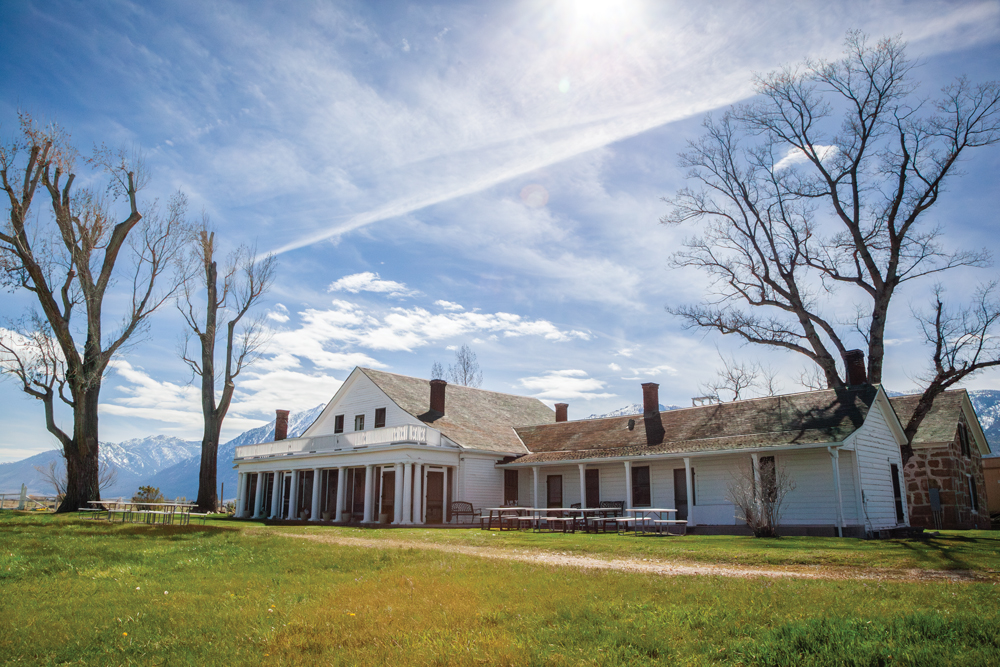
DANGBERG HOME RANCH HISTORIC PARK
Minden
Much of the modern history of Carson Valley originates from this sprawling ranchland-turned-museum. This property was once home to German immigrant Heinrich Friedrich Dangberg, one of Nevada’s first settlers. In fact, his residency in the verdant Carson Valley predates Nevada’s statehood and even the founding of Virginia City.
Starting with just a few acres of land, it didn’t take Dangberg long to acquire several hundred additional acres and 100 head of cattle, ultimately founding the Dangberg Land and Livestock Company. When silver was discovered on The Comstock, his ranch fed the tens of thousands of migrants who flocked to the area.
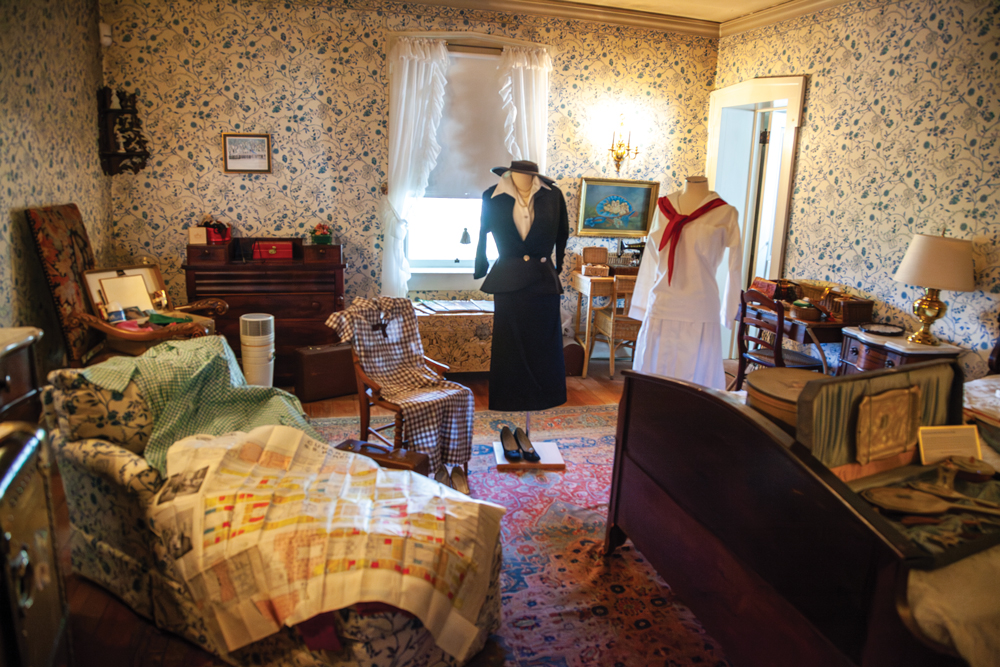
Dangberg soon found it was time to upgrade his family’s modest cabin into a luxury ranch. His new property hosted a two-story residence and a dozen outbuildings including a slaughterhouse, bunkhouse, and garage.
Today, the Dangberg Home Ranch Historic Park remains virtually unchanged from when it was last inhabited. In fact, all the property’s artifacts belonged to the family or were original features of the house itself. Visitors are welcome to picnic and relax on the property’s grounds, but to see the interior, be sure reserve a spot on a guided tour led by the Friends of the Dangberg Home Ranch.
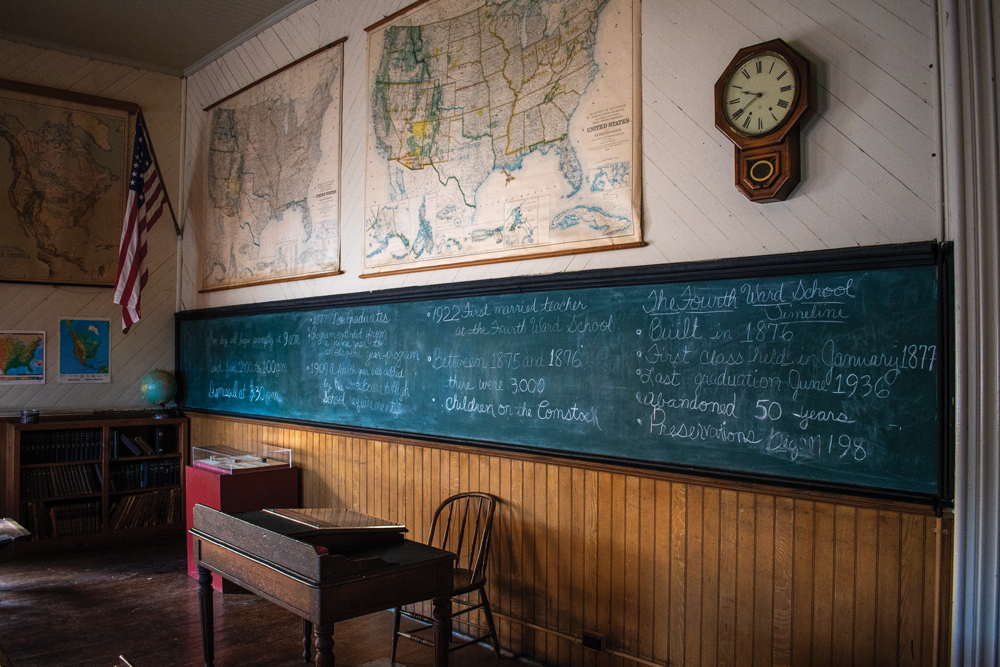
HISTORIC FOURTH WARD SCHOOL MUSEUM
Virginia City
The Fourth Ward School—a four-story, Victorian Era, wood school building—is the only one of its kind remaining in the U.S. today. It preserves both the frenzy of Virginia City’s bonanza years and the history of modern education.
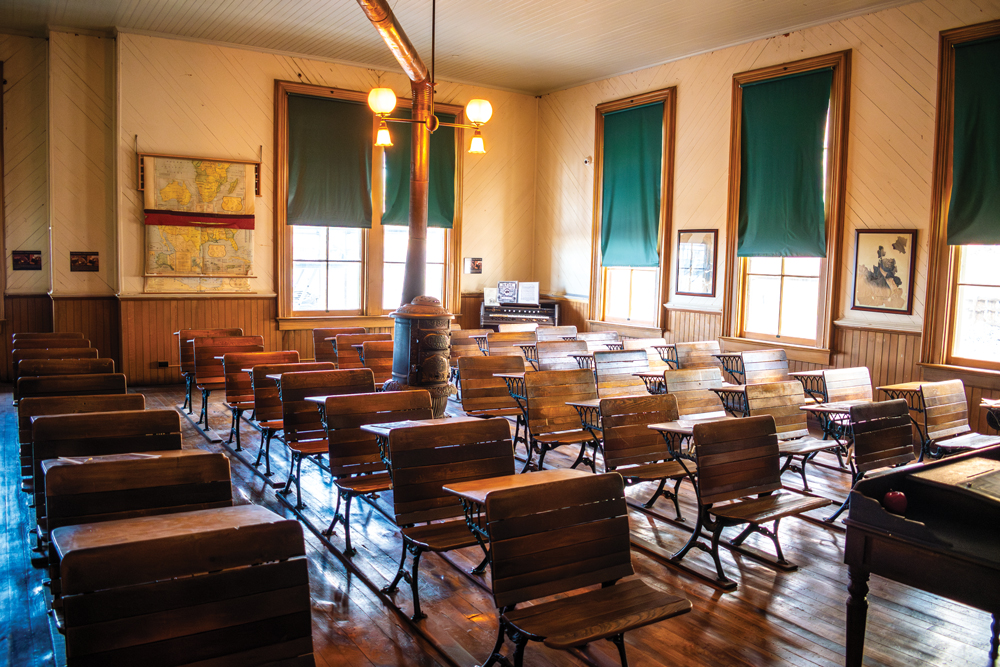
After much of Virginia City was destroyed by fire in 1875, a new school was desperately needed. Construction began that next summer, and in just four months, the new schoolhouse was ready to serve the town. The building accommodated 1,000 students and included such innovations as indoor flush toilets, drinking fountains, single desks for each student, and an advanced heating and ventilation system.
In 1878, the school graduated its first two students—Anna Herrnleben and Mary O’Farrell. Not only were they the school’s first graduates, but they were also Nevada’s first students to successfully complete nine grades. For the next 40 years, Fourth Ward teachers educated thousands of students. The boom days couldn’t last forever, though, and by the 1930s, Virginia City’s population had drastically declined. In June 1936, the last class graduated from the school.
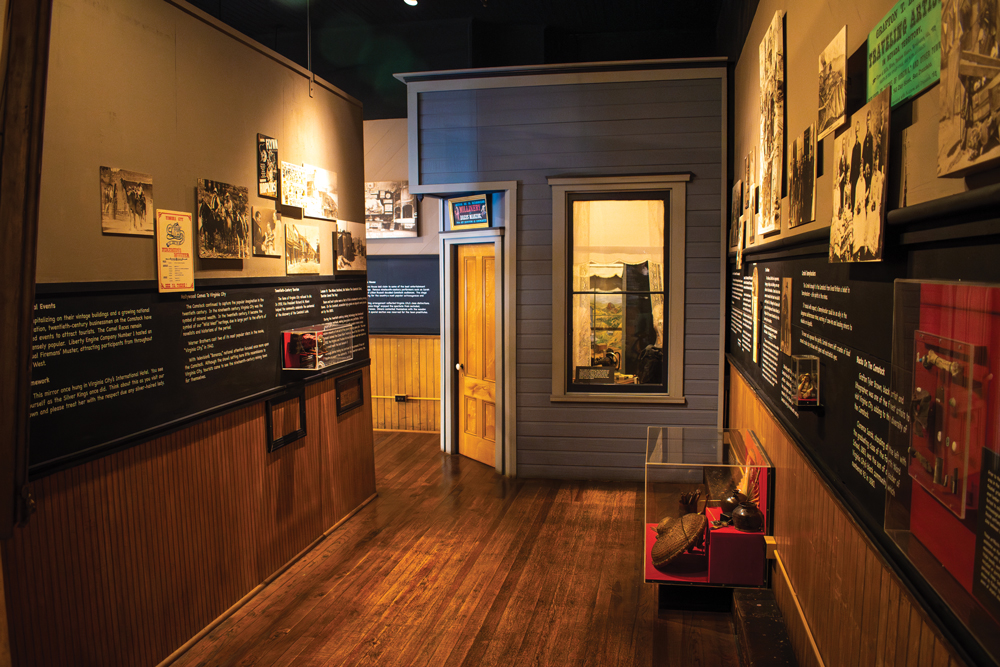
The enormous building sat empty for almost 50 years. Time and the elements saw its glory fade, but a restoration movement began in the late 1960s. The structure was stabilized, and in 1986, the old schoolhouse was reborn as a museum.
Today, Historic Fourth Ward School Museum visitors can embark on a fascinating, self-guided tour of the schoolhouse. Permanent exhibits include The Comstock history room and the printer’s room, which houses a restored 1887 Chandler and Price printing press. Of course, the jewel of the museum is the historic classroom, featuring wall maps, a pot-bellied stove, and even an organ.
